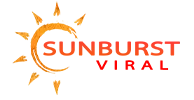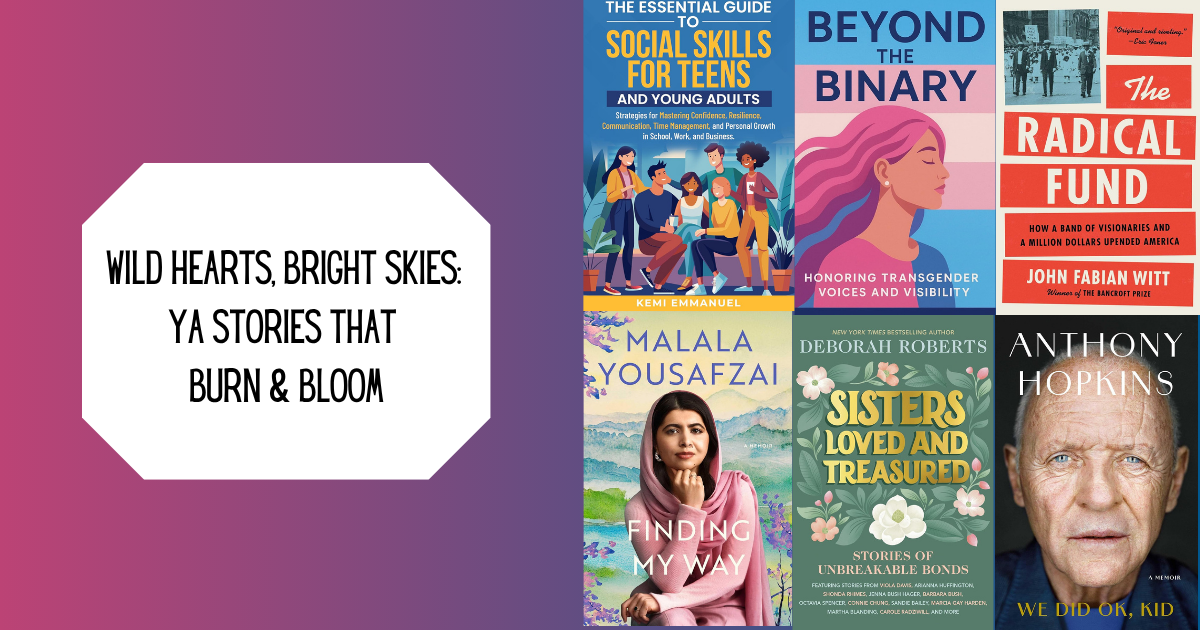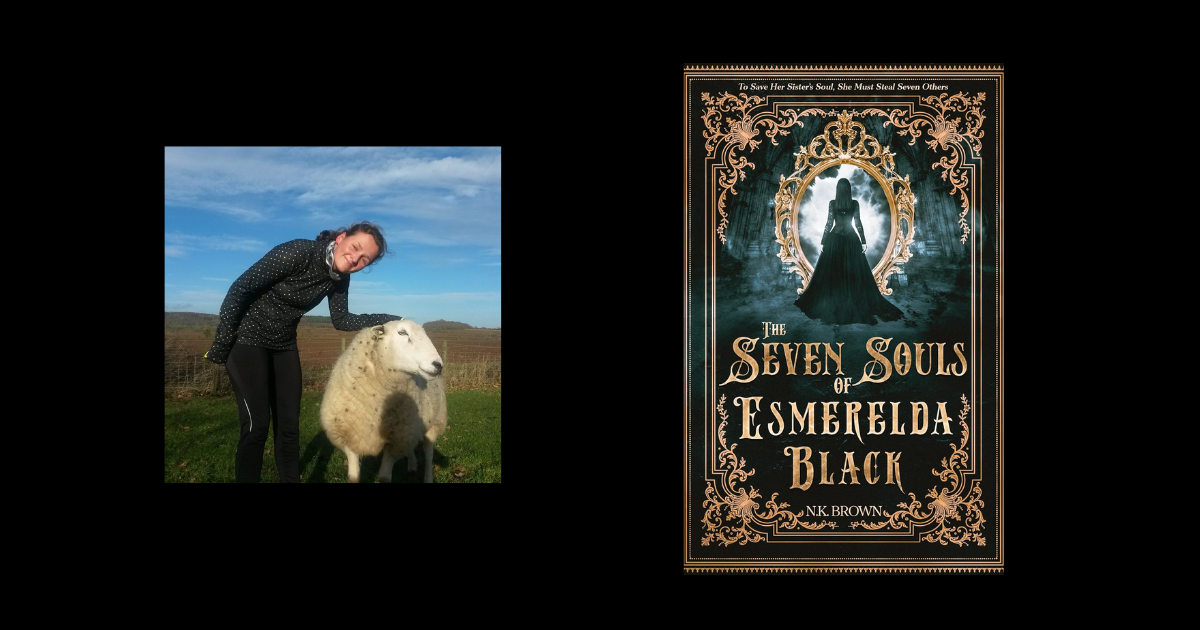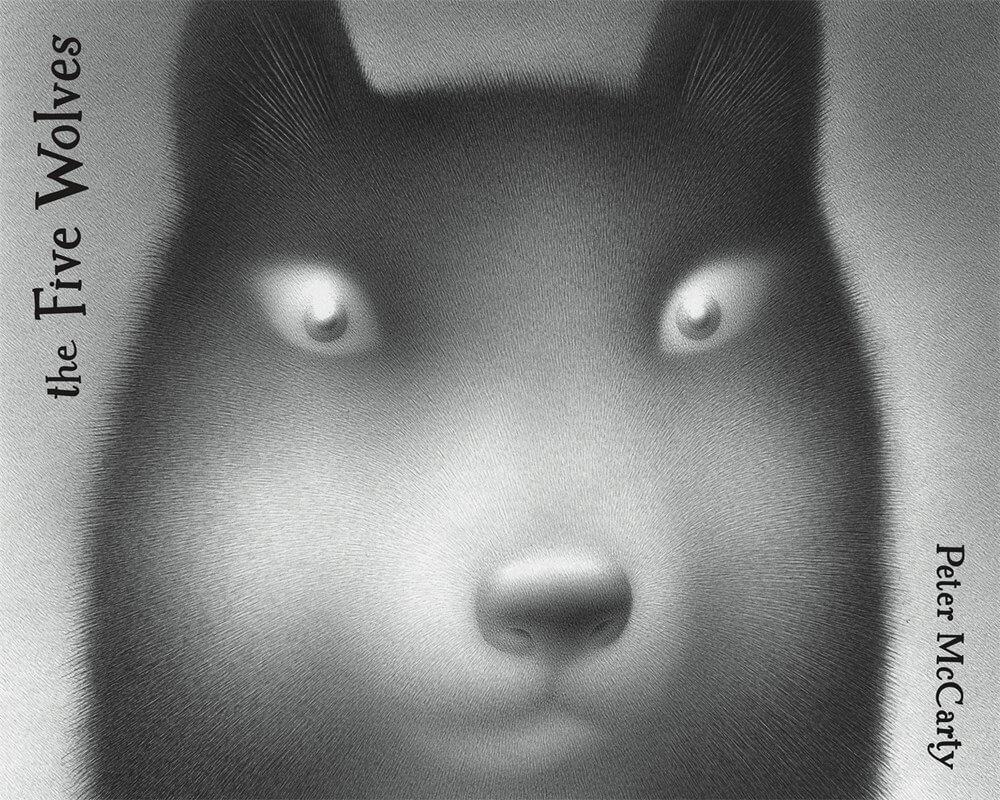Jessica Walker’s The Secret Astronomers is a memorable, mysterious story of the unlikely friendship between two high school girls in Green Bank, West Virginia, the famed home of the Green Bank Observatory, where radio transmissions are heavily restricted.
One of the girls, who nicknames herself “Copernicus,” has just landed in Green Bank after the recent death of her mother, who was an astrophysicist. Copernicus, who mourns both her mom and her life in San Francisco, despises life with her grandparents in this “hillbilly” town where her mother grew up. Strangely, however, her mom left a note instructing her to find the oldest book in the Green Bank High School library, where secrets wait to be discovered. Copernicus locates a 19th-century astronomy textbook, in which she starts writing, doodling and making collages during study hall.
Another student, who calls herself “Kepler,” discovers Copernicus’ missives, and the two begin an anonymous correspondence through the textbook, largely via sticky notes and Copernicus’ colorful artwork. The pen pals support and challenge each other while discussing their dreams, family and fellow students, allowing each other to see the errors in many of their assumptions. Copernicus constantly churns out stereotypes about West Virginians’ attitudes and intelligence—a bit too thickly at times. However, Kepler pushes back, saying, for instance, “You keep calling me smart and I’m from the same West Virginia that you mock on a daily basis. You like to cherry-pick your social justice topics like a farmer during harvest. Only the ‘ripe’ issues are deserving of your justice crusade, I guess.”
Alongside its smart, snippy dialogue, The Secret Astronomers builds a compelling mystery for these two undercover friends to unravel. This epistolary tale is a complete joy not only to read but also to behold. Walker, the Director of Illustration at the Parsons School of Design, masterfully pulls off the notion of an old textbook full of notes left between two students, full of lively artwork and photographs. Readers will whiz through this clandestine correspondence and perhaps be spurred to start their own.


















